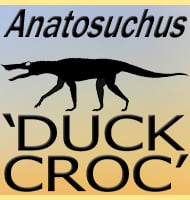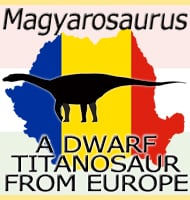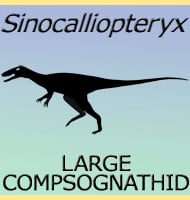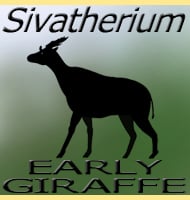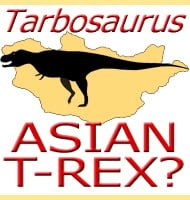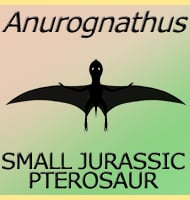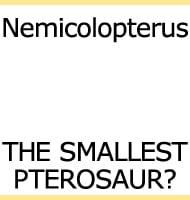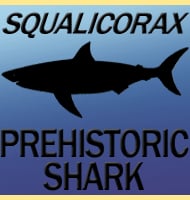In Depth
Aguascalientia was a miniature camel that lived across the southern portions of the continent of North America, though it was not one of the ‘true’ camels that we know today. Its small size displays well how many of today’s larger mammals from camels to horses to even elephants had very humble beginnings in terms of size. Aguascalientia lived in North America at a time when the lush tropical forests were giving way to expanses of open grass land, a change that was forcing animals to adapt to be able to undertake more energy efficient locomotion. Possible predators of Aguascalientia may have included nimravids and amphicyonids, better known as ‘false sabre-toothed cats’ and ‘bear dogs’ respectively.
Only the type species of Aguascalientia was known until 2012 when both A. minuta and A. panamaensis were named by Rincon et al.
Further Reading
- New floridatragulines (Mammalia, Camelidae) from the early Miocene Las Cascadas Formation, Panama, A. F. Rincon, J. I. Bloch, C. Suarez, B. J. MacFadden & C. A. Jaramillo - 2012.

